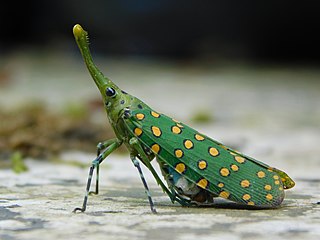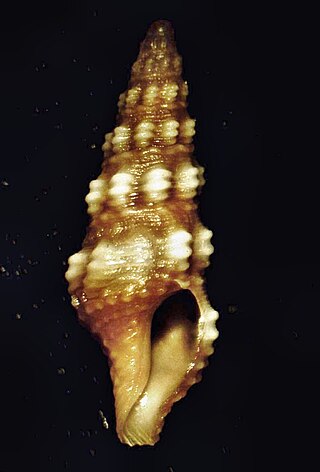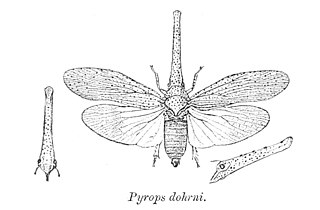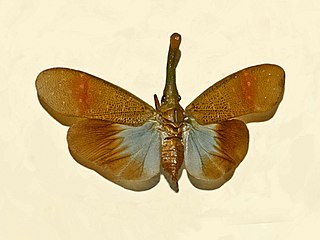
Tantra is an esoteric yogic tradition that developed on the Indian subcontinent from the middle of the 1st millennium CE onwards in both Hinduism and Buddhism.

Shaiva Siddhanta is a form of Shaivism popular in South India and Sri Lanka which propounds a devotional philosophy with the ultimate goal of experiencing union with Shiva. It draws primarily on the Tamil devotional hymns written by Shaiva saints from the 5th to the 9th century CE, known in their collected form as Tirumurai. Tirumular is considered to be the propounder of the term Siddhanta and its basic tenants. In the 12th century, Aghorasiva, the head of a branch monastery of the Amardaka order in Chidambaram, took up the task of formulating Shaiva Siddhanta. This is an earliest known Aghora Paddhati system of Shaiva Siddhanta of Adi Shaivas mathas in Kongu Nadu which rejects the Meykanda Shastras as a later addition. Meykandar was the first systematic philosopher of the school. The normative rites, cosmology and theology of Shaiva Siddhanta draw upon a combination of Agamas and Vedic scriptures.

Methyl salicylate (oil of wintergreen or wintergreen oil) is an organic compound with the formula C8H8O3. It is the methyl ester of salicylic acid. It is a colorless, viscous liquid with a sweet, fruity odor reminiscent of root beer (in which it is used as a flavoring), but often associatively called "minty", as it is an ingredient in mint candies. It is produced by many species of plants, particularly wintergreens. It is also produced synthetically, used as a fragrance and as a flavoring agent.

The Kashmir Shaivism tradition, also called Trika Shaivism, is a non-dualist branch of Shaiva-Shakta Tantra Hinduism that originated in Kashmir after 850 CE. In its place of origin in Kashmir, this tradition is commonly referred to as "Kashmiri Shaivism." It later spread beyond Kashmir, with its great scholar Abhinavagupta calling it "Trika". It particularly flourished in the states of Odisha and Maharashtra. Defining features of the Trika tradition are its idealistic and monistic Pratyabhijna ("Recognition") philosophical system, propounded by Utpaladeva and Abhinavagupta, and the centrality of the three goddesses Parā, Parāparā, and Aparā.

The family Fulgoridae is a large group of hemipteran insects, especially abundant and diverse in the tropics, containing over 125 genera worldwide. They are mostly of moderate to large size, many with a superficial resemblance to Lepidoptera due to their brilliant and varied coloration. Various genera and species are sometimes referred to as lanternflies or lanthorn flies, though they do not emit light.

The Auchenorrhyncha suborder of the Hemiptera contains most of the familiar members of what was called the "Homoptera" – groups such as cicadas, leafhoppers, treehoppers, planthoppers, and spittlebugs. The aphids and scale insects are the other well-known "Homoptera", and they are in the suborder Sternorrhyncha.

Saiva is a genus of Asian planthoppers, family Fulgoridae. They are colourful insects, marked boldly in red, blue, white and black, with a prominent slender stalk like structure arising on the head that points upwards or forward. The known distribution is from India, through Indo-China to Borneo.

Pyrops is a genus of planthoppers that occur primarily in southeast Asia, containing about 70 species. They are fairly large insects, with much of the length due to an elongated, upcurving, snout-like projection of the head. The wings are generally brightly patterned in contrasting colors, and they are popular among collectors.

The subfamily Aphaeninae is a group of hemipteran insects, especially abundant and diverse in the tropics. They belong to the Fulgoridae (fulgorids), though they are not among the better-known members of that family that are called "lantern bugs" or "lanternflies". In 2009, the first molecular analysis of the Fulgoridae challenged the existing structure of eight currently recognized subfamilies and eleven tribes.

Pilsbryspira is a genus of small predatory sea snails, marine gastropod mollusks in the family Pseudomelatomidae.

Benimakia is a genus of sea snails, marine gastropod mollusks in the family Fasciolariidae, the spindle snails, the tulip snails and their allies.

Zanna is a genus of tropical planthoppers found in Asia and Africa, now belonging to the monotypic subfamily Zanninae.

The spotted lanternfly is a planthopper indigenous to parts of China and Vietnam. It has spread invasively to Japan, South Korea, and the United States. Its preferred host is tree of heaven, but it infests crops including soybean, grapes, stone fruits, and Malus spp. In its native habitat, L. delicatula populations are regulated by parasitic wasps.

Pyrops pythicus is a species of true bug in the family Fulgoridae, in the genus Pyrops which are sometimes called lanternflies.

Lycorma is a genus of planthoppers native to Asia. The first species within the genus was described by Frederick William Hope in 1843 and the genus was formally established by Carl Stål in 1863.

The Fulgorinae are a sub-family of insects in the Auchenorrhyncha: which include the spectacular "lantern-bugs" and allied insects.
Anastatus orientalis is a species of parasitic wasp which preys on Lycorma lanternfly eggs. Females live significantly longer than males, over ten weeks compared to the male lifespan of three weeks.

Lycorma imperialis is a planthopper indigenous to parts of China and Indo-Malaysia. L. imperialis was originally discovered in 1846 by Adam White and has one recognized non-nominate subspecies, L. i. punicea. L. imperialis has undergone a number of reclassifications since its discovery and is one of four species in the genus Lycorma. L. imperialis follows a hemimetabolous life cycle and will undergo a series of nymphal stages (instars) before maturing to an adult.

Pyrops sultana is a species of lanternfly found on the island of Borneo.

















